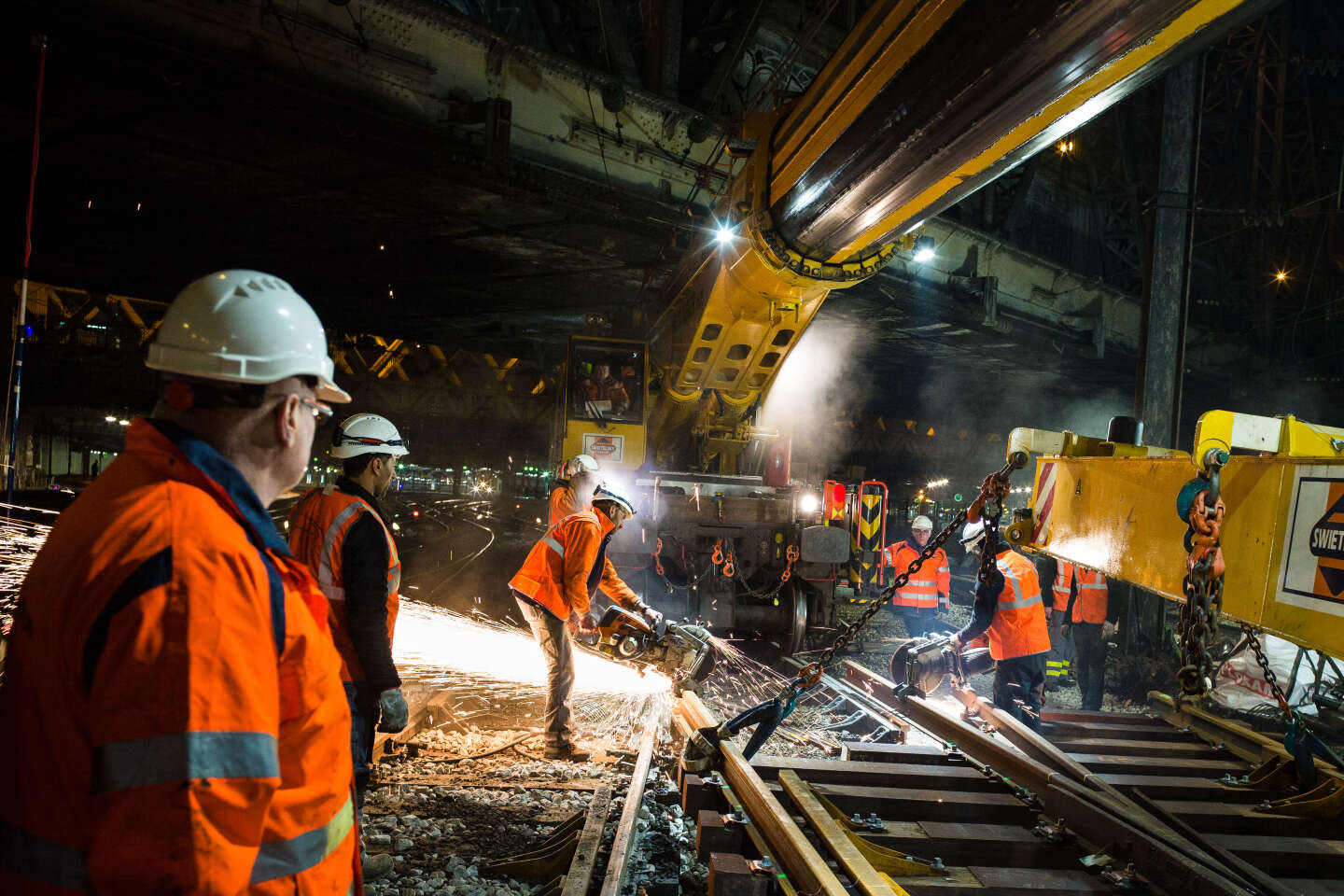
France’s 100 billion euro plan for rail transport, but why?
Has France finally won its French railway modernization master plan? The Prime Minister, Elisabeth Borne, on February 24 promised to invest €100 billion by 2040. She then endorsed the ambitious recommendations of the Council for Infrastructure Steering (COI). We must now turn to practice: scheduling and financing work. This is the role of the state area plan contracts. Regional governors expect receive their framework letters to start negotiating with regional heads and other local authorities, and Putting project implementation on the agenda. However, these letters are held up until the last of the Matignon arbitration sessions, who promised them … before June.
On the financial side, all players are waiting to see how much the country is willing to put on the table. Bercy, who believes it has already done a lot to support the public company, is banking first on the results of SNCF’s beneficiary affiliates — SNCF Voyageurs and logistics company Geodis. But this will not be enough to settle the bill of 5 billion to 6 billion euros annually provided for by the plan. Nothing more than European funding provided by the Ministry of Transport. A tax on kerosene or a new highway puncture is under consideration.
Once the financing plan is stable, what is the purpose of all that money? Seven priorities stand out.
Renew network activity
In the SNCF, in internal jargon, this is called “gray debt”. It is not a financial debt, but an accumulating delay in the necessary renovation of the facilities that allow the trains to operate (rails, key chains, switches, etc.). After the choice was made, until 2011, to favor investments in new high-speed lines, the network of daily trains and medium-sized lines has become obsolete.
This cumulative delay in renewal, “gray debt”, has been assessed by SNCF Réseau at €60 billion. The problem has been widely documented: the Rivière Report in 2005 (named after a professor specializing in railways at the University of Lausanne); audit 2017; Opinion, in February 2022, of the Transportation Regulatory Authority on the 2021-2030 SNCF State Performance Contract; And in early 2023, the IOC report.
First off, an obvious note: The average age of our tracks was 28.6 years in 2021, compared to 17 years for the German grid. Aging was curbed by the closure of the oldest small lines and the initiation of modernization work, particularly on the Île-de-France network. But this was not enough for the other bars. The result: The Channel Consistency Index (LCI), which measures the state of the network, is not good. New Rail contains 100 ICV, Expired Rail 10; A railway that exceeded the theoretical limit for use by five years, by zero. The railway network is in good condition having an LCI of 55. Currently, the French railways have a length of about 48.8. It was 46.5 in 2016. The Investment Committee therefore recommends, in its report, that state-financed network renewal efforts be increased from 2.8 billion euros per year to 3.5 billion to 4 2 billion euros per year – 1 billion euros more – by 2040, which will make it possible to renew The network’s main routes are two to three years old, and the LCI set at 55 in 2040. Remember, the road is 30 years old in France, as opposed to 17 years old in Germany and 15 years old in Switzerland., reached Jean-Pierre Varandeau before the Finance Committee of the National Assembly, which received, on April 12, for the first time since 2013, the President of the SNCF. Total cost: about 20 billion euros.
You have 67.01% of this article left to read. The following is for subscribers only.

“Unapologetic pop culture trailblazer. Freelance troublemaker. Food guru. Alcohol fanatic. Gamer. Explorer. Thinker.”
